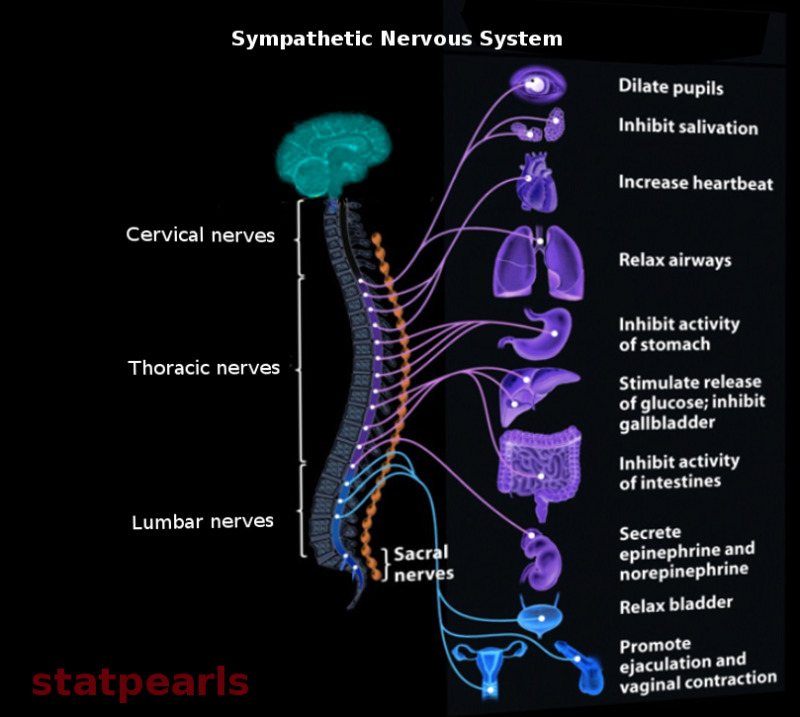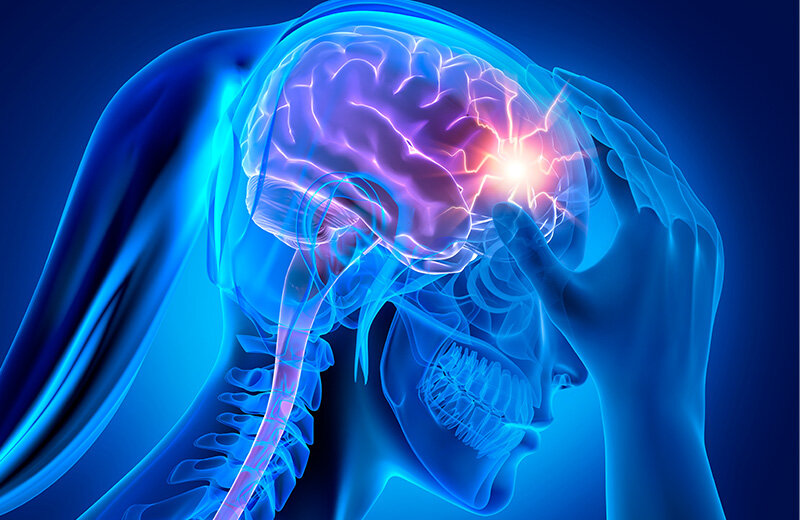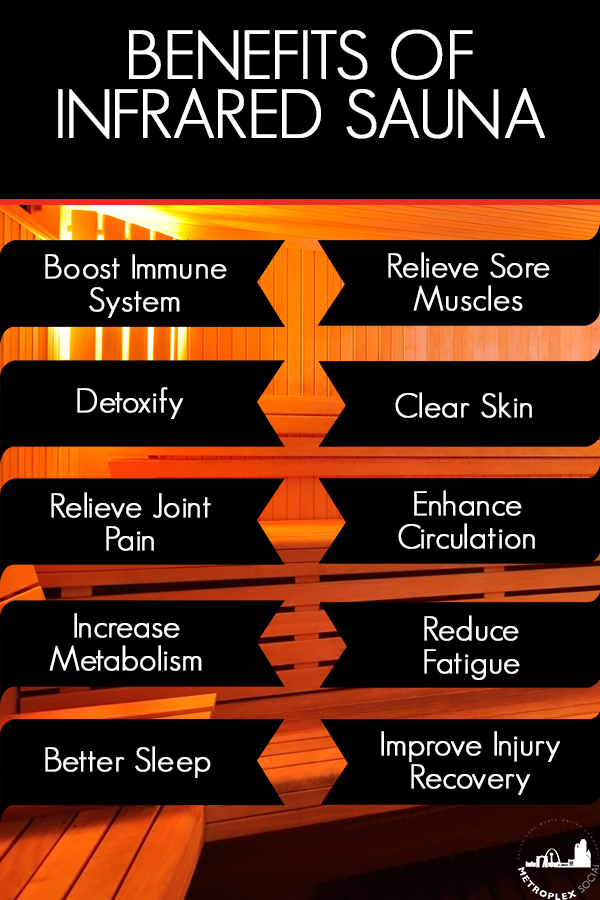
Headaches, whether tension-type or migraine based, are conditions of unclear origin.1 Such syndromes appear to affect many aspects of individuals’ lives, affecting well-being, causing disability, and remains a public health issue costing billions of dollars each year in lost productivity and treatment.1(103) Thus, cost-effective and low-risk interventions are logical choices to best reach and help the majority of headache sufferers. As such, the following will consider the efficacy of saunas as a protocol in controlling headache severity and frequency.

Kanji et al1(103) cited research models suggesting that one mechanism of pain associated with headaches was sympathetic nervous system (i.e., fight or flight) overactivation (i.e., from stress/lack of sleep). Furthermore, such sympathetic overregulation could be attenuated by relaxation techniques; such an end could be met via use of heat as it is known to induce sympathetic tone.1(103) Considering that heat can effectively interact with, and down-regulate, heightened nervous system activation, Kanji et al1(103) developed a randomized controlled trial (RCT) study exploring the same via sauna use.

37 individuals were recruited after fulfilling the International Headache Society criteria for chronic tension-type headache (CTTH).1(104) Said participants were then randomly assigned into a control group (n=20), which received education and advice while the intervention group (n=17) acquired the same education and advice while also attending a sauna on a regular basis (20 minute sessions, 3 times per week) for 8 weeks.1(104) Reductions in subjective pain were ascertained using a numerical pain rating scale (NPRS), while disruptions in sleep and the presence of depression were assessed by the Headache Disability Index (HDI) and Beckman Disability Index (BDI).1(104)

After the 8-week RCT was completed, results indicated a 44% reduction in headache intensity within the intervention group (n=17). Interestingly, pharmaceutical protocols (i.e., combination of amitriptyline and tizanidine) in other studies caused a 59% reduction in headache intensity while acupuncture and physical therapy both showed a 33% reduction.1(107) Such comparisons highlights that non-medical interventions (i.e., sauna) induced similar results without the need, or side effects, of drugs and was more effective than other non-medical interventions (acupuncture/physical therapy).
In conclusion, headaches are conditions of unclear origin and negatively affect many aspects of individuals’ lives such as activities of daily living, productivity, and overall well-being. The above study suggests that the non-invasive, low-cost, and low-risk use of saunas could provide relief and reduction in headache intensity. Moreover, said intervention is similar to (i.e., pharmaceuticals) or better than (i.e., acupuncture/physical therapy) other interventions that carry potential side effects and higher costs. As such, saunas could provide a cheap and accessible means of pain relief leading to improved health and quality of life.
References
1. Kanji G, Weatherall M, Peter R, et al. Efficacy of regular sauna bathing for chronic tension-type headache: A randomized controlled study. J Altern Complement Med. 2015;21(2):103-109. doi:10.1089/acm.2013.0466.
-Michael McIsaac
